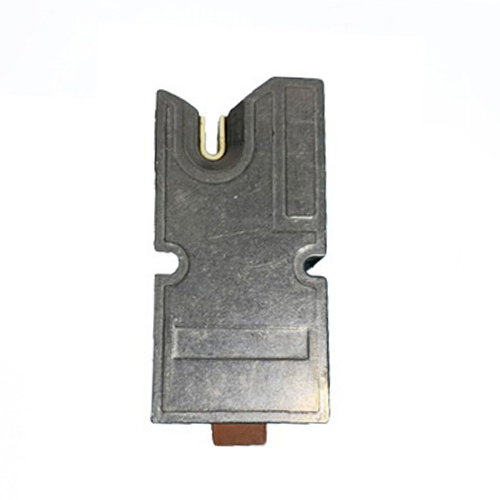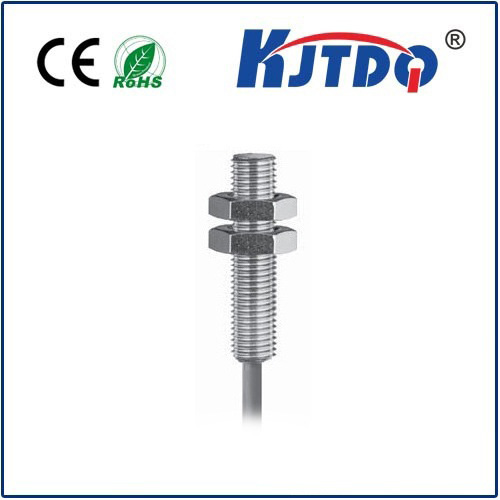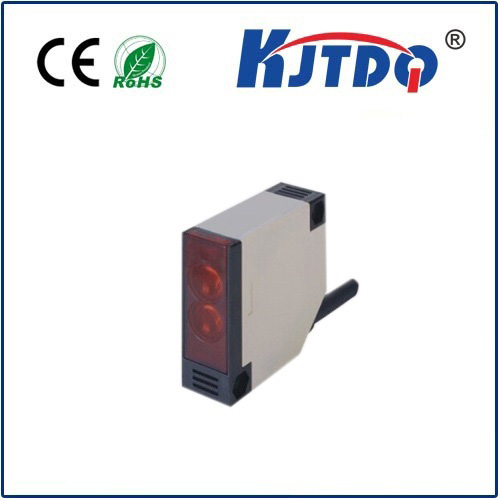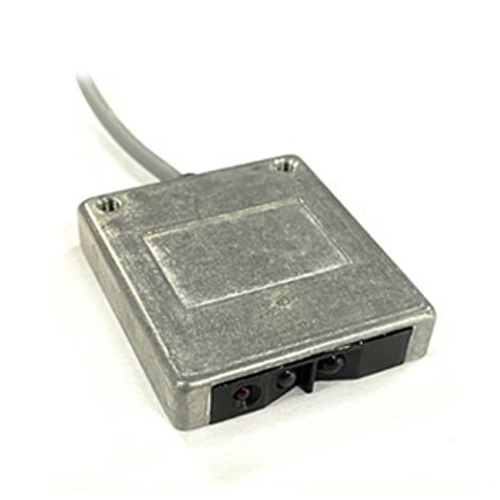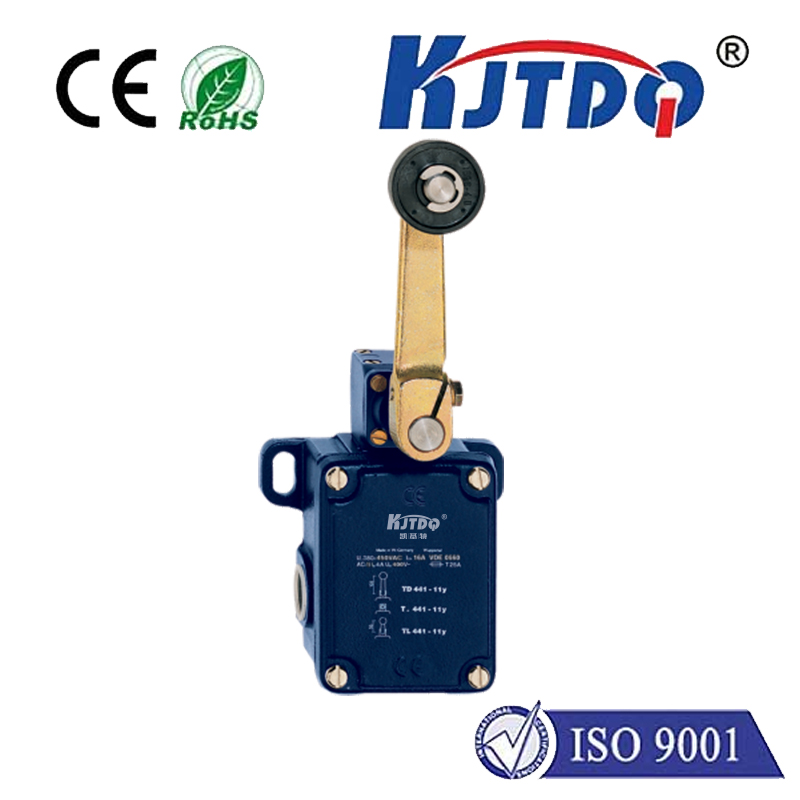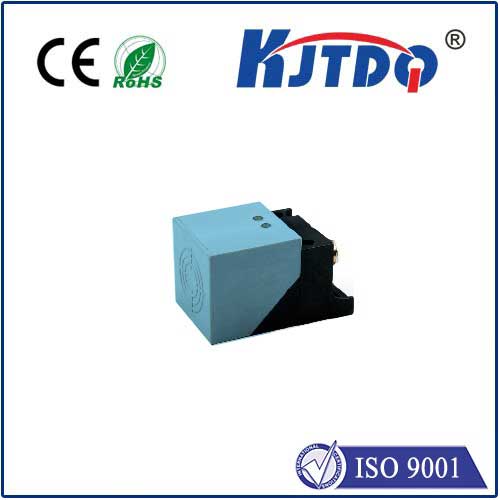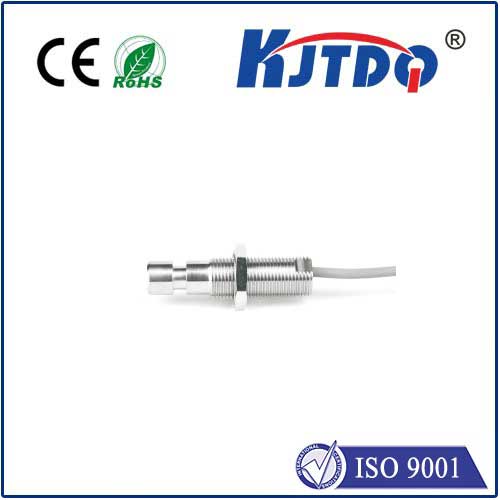proximity switch
- time:2025-06-12 18:19:14
- Click:0
What is a Proximity Switch? Sensing Technology Explained
Imagine a high-speed packaging line where products zip along a conveyor belt. How does the equipment know exactly when to seal a box or apply a label without ever physically touching the item? Or consider the modern car you drive – how does it warn you about unseen obstacles when reversing? The invisible hero enabling these feats, and countless others, is the proximity switch.
Understanding the Core Concept
A proximity switch is a non-contact sensor designed to detect the presence or absence of a target object within its sensing range without any physical contact. Unlike traditional mechanical switches requiring a button press or lever movement, proximity switches operate silently and wear-free by leveraging electromagnetic fields, ultrasonic waves, or optical principles. Their fundamental purpose is to reliably sense an object’s approach and convert this detection into an electrical ON/OFF signal. This signal seamlessly integrates into control systems like PLCs (Programmable Logic Controllers), acting as the crucial “eyes” for automated processes.
Why Proximity Switches are Essential in Modern Systems

These sensors represent a significant leap over mechanical limit switches. The absence of physical contact eliminates mechanisms prone to wear, drastically extending operational life, especially in demanding environments filled with dust, grease, or vibration. The core advantages driving their widespread adoption include:
- Unmatched Reliability & Longevity: No moving parts mean minimal mechanical failure. They operate flawlessly for millions of cycles.
- High-Speed Response: Capable of detecting objects at incredibly high speeds, far exceeding the capability of mechanical switches. This is critical for modern high-throughput automation.
- Resilience in Harsh Conditions: Sealed designs protect against ingress of dust, oil, coolants, and chemicals, making them ideal for factories, washdown areas, and outdoor use.
- Non-Contact Sensing: Prevents damage to both the sensor and delicate target objects, and avoids issues with sticky or wet surfaces.
- Minimal Maintenance: The solid-state nature translates to near-zero maintenance requirements once installed.
Delving into How They Work: The Invisible Field
The operation hinges on a fundamental principle: the proximity switch generates a sensing field. When a target object enters this field, it causes a detectable change:
- Field Generation: The sensor emits a specific type of field (electromagnetic, electrostatic, ultrasonic, light) tuned to its sensing principle.
- Field Disturbance: The approaching target object interacts with this field. This interaction varies:
- Inductive: A metal target induces eddy currents, dampening the sensor’s oscillating electromagnetic field.
- Capacitive: Any target (metal or non-metal) changes the capacitance in the electrostatic field.
- Ultrasonic: A target reflects emitted sound waves back to the sensor.
- Photoelectric/Magnetic: A target interrupts a light beam or interacts with a magnetic field (e.g., a permanent magnet).
- Signal Processing: Internal circuitry continuously monitors the state of its sensing field. The detected change (damped oscillation, shifted capacitance, received echo, beam interruption, magnetic field change) is analyzed.
- Output Switching: Once the change exceeds a preset threshold, the sensor’s electronic output circuit instantly changes state. Typically, this means an NPN or PNP transistor switches, effectively closing or opening an electrical circuit, signaling “Target Present” to the controller.
Key Types and Their Specialties
Choosing the right type depends heavily on the target material and the application environment. The most common categories are:
- Inductive Proximity Switches: Detect ferrous (iron, steel) and often non-ferrous metals (aluminum, brass, copper). Remarkably resistant to dirt, dust, and fluids. Their sensing range depends on the sensor size and target metal type. Ideal for: Metal detection in machinery (position sensing, part counting), CNC machines, automotive assembly.
- Capacitive Proximity Switches: Detect a much wider range of materials: metals, plastics, wood, liquids, powders, and granules. They work by sensing changes in capacitance caused by the target’s dielectric constant. Ideal for: Level detection (liquids, pellets, powders), detecting non-metallic objects (bottles, wood panels), detecting fill levels through non-metallic container walls.
- Ultrasonic Proximity Switches: Use high-frequency sound waves. Detect objects based on the time-of-flight of reflected sound. Effective for diverse materials, including transparent objects and liquids. Less affected by color or reflectivity than photoelectric sensors. Ideal for: Presence detection in challenging environments (fog, dust), distance measurement, liquid level control.
- Magnetic Proximity Switches (Reed Switches): Detect the presence of a permanent magnet. Simple, robust, and inexpensive. Often used with cylinders. Ideal for: Position sensing in pneumatic/hydraulic cylinders (detecting piston retract/extend), door/window position sensing.
- Photoelectric Proximity Switches: Use a light beam (visible, infrared, laser). Detection occurs when the target either interrupts the beam (through-beam), reflects the beam back (retro-reflective), or reflects diffused light (diffuse reflective). Versatile for various targets and distances. Ideal for: Object detection on conveyors, registration marks in printing, detecting transparent objects, counting items.
Ubiquitous Applications: Where They Make a Difference
Proximity switches are the unsung workhorses hidden within nearly every automated system:
- Industrial Automation: Position sensing on machines (end-of-travel limits), robotic arm guidance, object counting on conveyors, spindle tool position, presence/absence verification in assembly, part transfer control. Foundries, CNC centers, packaging lines, bottling plants – they all rely heavily on proximity sensors.
- Automotive Industry: Gear position sensing, brake pedal position, seatbelt buckle detection, door/window open/close status, engine component position sensors, anti-lock braking systems (ABS) wheel speed sensing.
- Security Systems: Door and window contact sensors (often magnetic proximity types), position detection for gates and barriers.
- Consumer Appliances: Lid/door open detection on washing machines, microwaves, and dishwashers. Liquid level sensing.
- Material Handling & Logistics: Detecting pallets on conveyors, controlling sorting gates, lift/crane position limits, verifying the presence of packages.
- Building Automation: Elevator floor positioning, automatic door sensors (safety edges often use capacitive), ventilation control dampers.
The Undeniable Advantages
- Zero Contact, Zero Wear: The defining characteristic enabling extreme longevity.
- Exceptional Reliability: Consistent performance over millions of operations.
- High-Speed Operation: Essential for modern fast-cycle machinery.
- Robustness: Built to withstand industrial punishment – shock, vibration, temperature extremes, contaminants.
- Versatility: Diverse types cater to detection of almost any material in numerous configurations.
- Simple Integration: Standard electrical outputs (DC NPN/PNP) connect effortlessly to most control systems.














